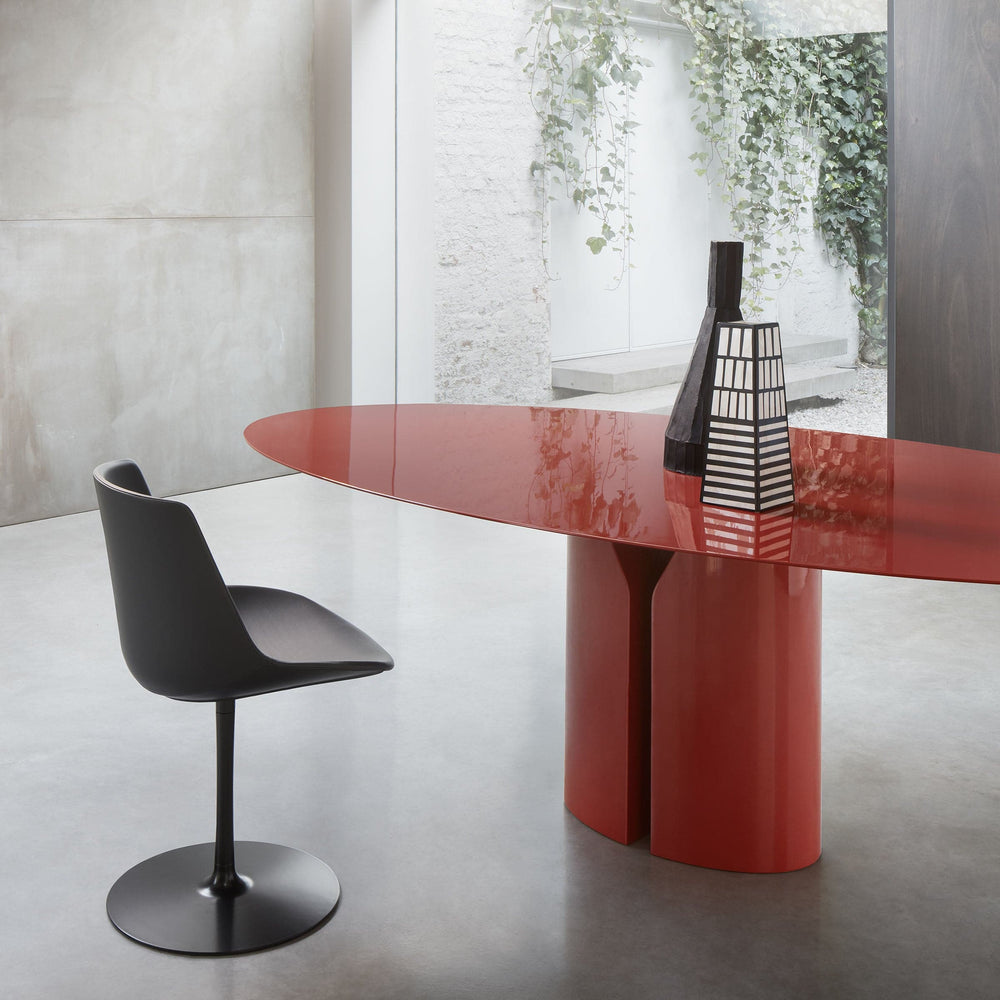TRENDS:
SUSTAINABLE CHRISTMAS TREES
The MAG - 07.23
By Cristina Morozzi
The Christmas Tree

In the book "Le piccole cose di Natale" (The Little Things of Christmas), Francesca Rigotti writes that the tree, in its vertical growth, symbolises and embodies life, firmly rooted. Regardless of its shape, we think of the tree as something with its roots planted in the ground and its canopy reaching the sky (Interlinea Editions, Novara, 2008).
The Christmas tree should be made of wood, as wood is the quintessential building material. However, it can also be made of cardboard or cork because what matters is its vertical development. Since it is the centrepiece of the celebration, we adorn it with garlands of golden paper, hang colourful balls as ornaments from its branches, or use flashing lights.
The decoration of the tree also becomes a test of creativity. Instead of the classic glass-coloured balls, we can hang woollen tassels, ribbons, souvenirs, hand-crocheted stars, clusters of berries, and more.
Unfortunately, Christmas festivities can lead to the sacrifice of many small fir trees, uprooted for decoration and left to dry out after the celebrations. But gradually, the awareness promoted by botanists regarding plants as intelligent beings that make our environment livable through the exchange of oxygen convinces us not to uproot fir trees. And because it's hard to do away with the symbolic value of the fir tree, numerous possible alternatives are using other materials. It can be made of cardboard, scrap wood, fabric, twine, etc.
Christmas can thus become a testing ground for our applied imagination, not only in terms of decorations but also in constructing a tree that bears witness to our sustainable attitude.


















